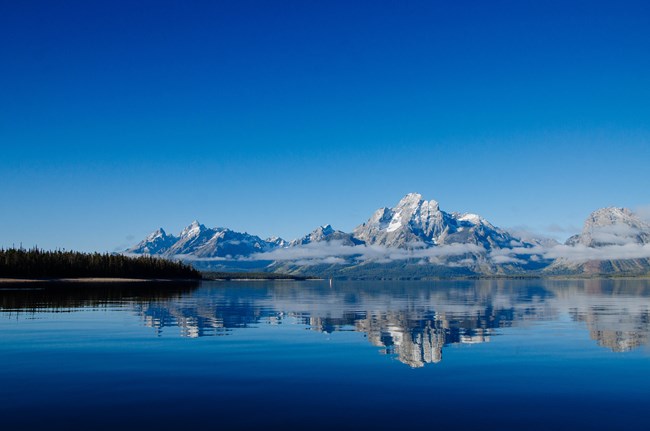
NPS Photo/J. Bonney Explore Colter BayLocated in the northern part of Grand Teton National Park, Colter Bay sits on the shore of Jackson Lake and offers recreation opportunities on or near the water. From the lakeshore, visitors will have views across Jackson Lake to Mount Moran and the northern end of the Teton Range.Several easy to moderate trails leave from Colter Bay. Stroll along the lakeshore for views of the Teton Range, hike to Swan Lake and Heron Pond to look for birds and wildlife, or head out to Hermitage Point for a longer hike. Visitors have many options in how to explore Colter Bay: hike a trail, paddle a boat, hang out by the lakeshore, or stop by the visitor center. Park at Colter Bay to access all aspects of the area. 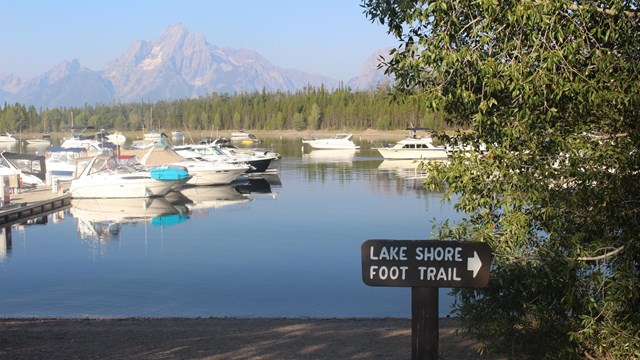
Hike the Lakeshore Trail
Take an easy walk on the Lakeshore Trail for views of Jackson Lake and the Teton Range. 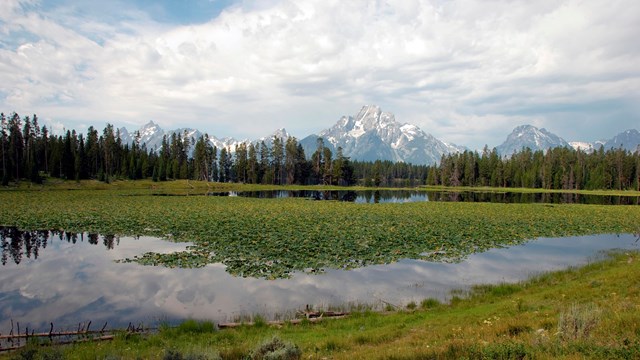
Hike Heron Pond and Swan Lake
Take an easy loop trail for access to Swan Lake and Heron Pond. 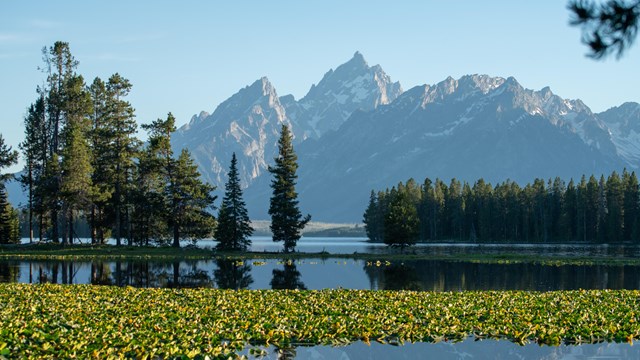
Hike Hermitage Point
Take an easy-moderate day or overnight hike to Hermitage Point for views of Jackson Lake and the Teton Range. 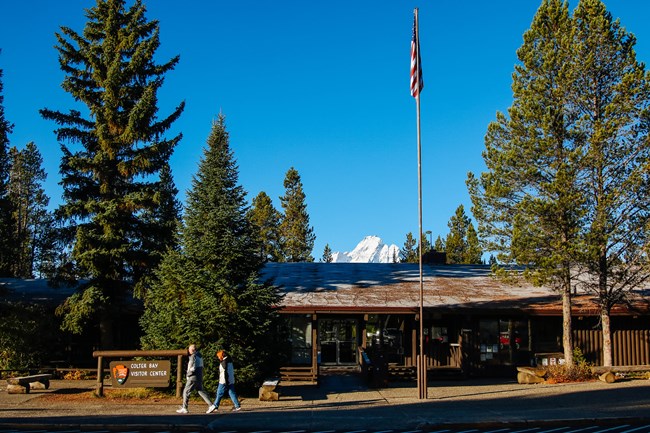
NPS Photo/J. Bonney Visit the Colter Bay Visitor CenterThe Colter Bay Visitor Center sits above the Colter Bay Marina, with views of the Teton Range. 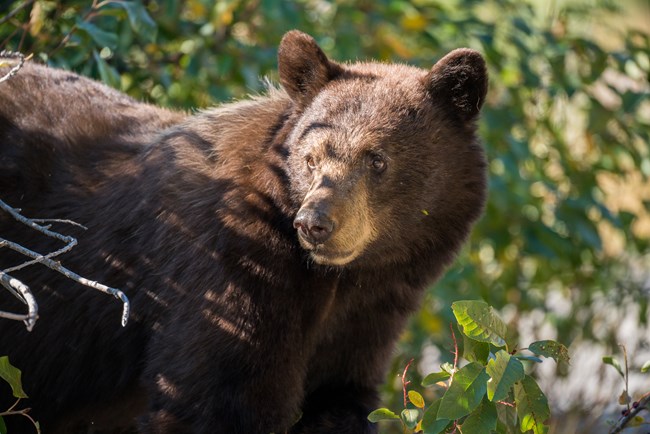
NPS Photo/C. Adams Bear and Wildlife SafetyDo you know what to do when encountering a wild animal? Colter Bay is home to black and grizzly bears, moose, elk, and other large animals. Bears are often seen on trails and in the developed areas. Being prepared for an animal encounter can help ensure the safety of you and the wildlife.Learn more about how to stay safe in bear country. Safety tip: never approach a wild animal. Always maintain a distance of at least 100yds/91m from bears and 25yds/23m from other wildlife. 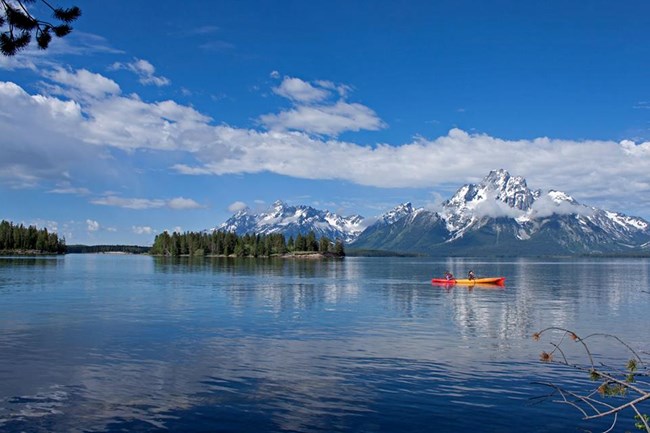
NPS Photo/R. Zott Boat Jackson LakeJackson Lake is a popular area for boating. Several islands stand just outside of Colter Bay and are home to fish, birds, and other wildlife. Explore the lake by canoe, kayak, or motor boat.Bring your own boat to explore the lake, or rent a boat from the Colter Bay Marina. Stay HereStay in the Colter Bay Campground or RV Park, or rent a cabin.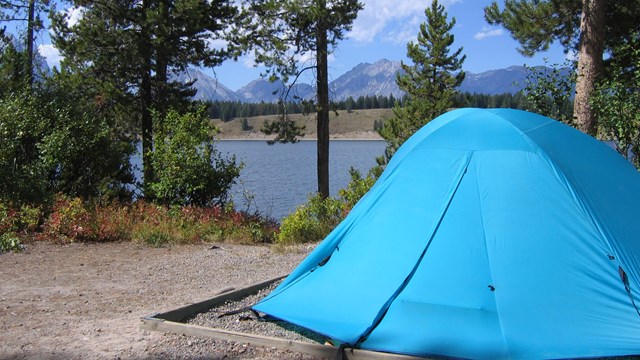
Find A Campground
Find a place to camp in Grand Teton. 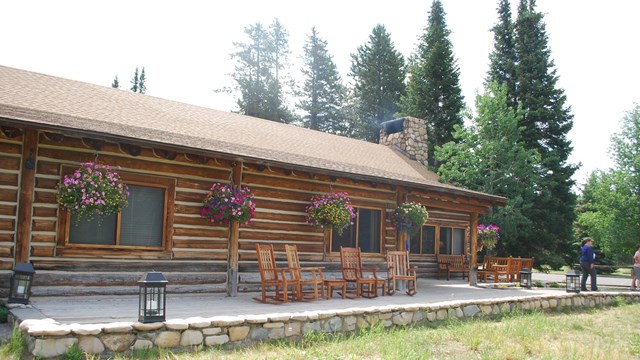
Lodging
Explore lodging options in Grand Teton. Frequently Asked QuestionsAdditional Colter Bay Information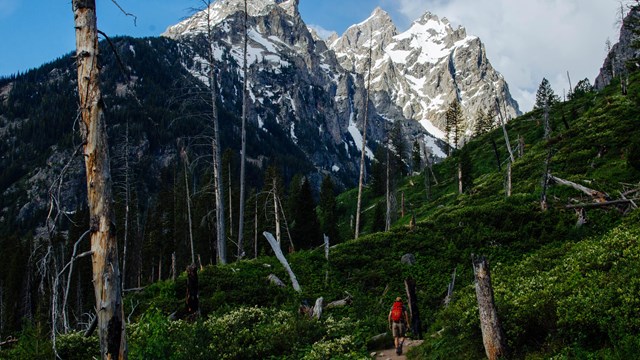
Hike in Grand Teton
Explore hikes throughout Grand Teton National Park. 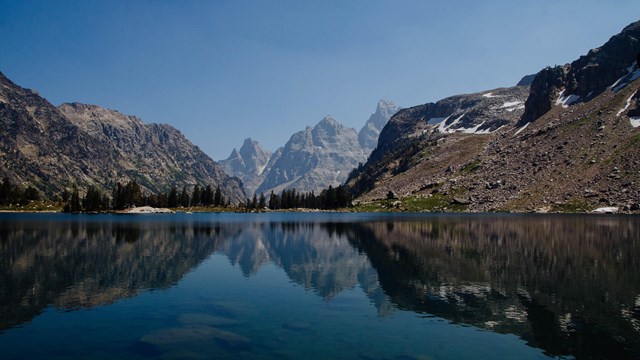
Explore the Backcountry
Travel into the Teton backcountry for an overnight stay. 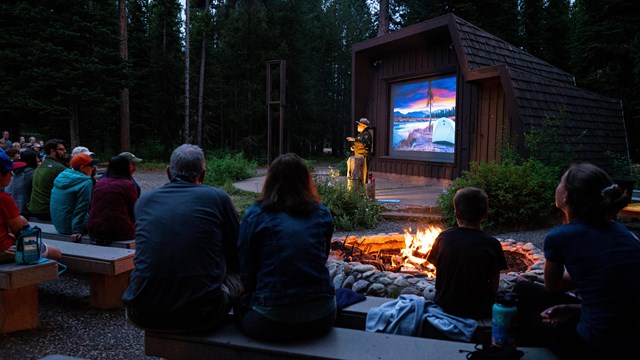
Attend a Ranger Led Program
Learn more about Grand Teton by attending a ranger led program. 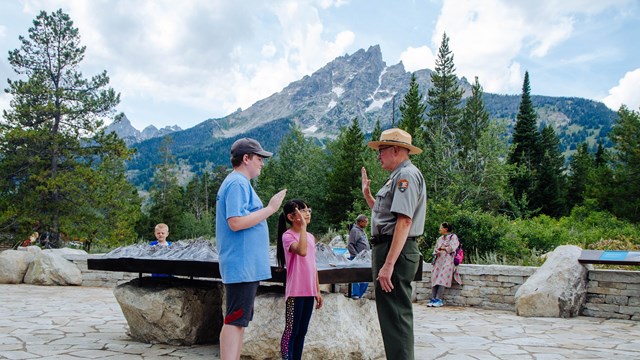
Become a Junior Ranger
Experience Grand Teton and become a Junior Ranger. Open to all ages. 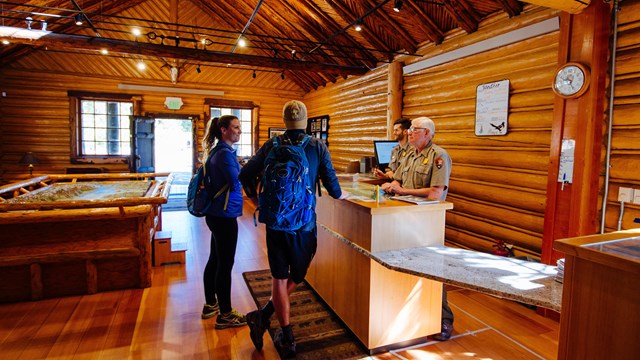
Talk to a Park Ranger
Find a visitor center in Grand Teton. 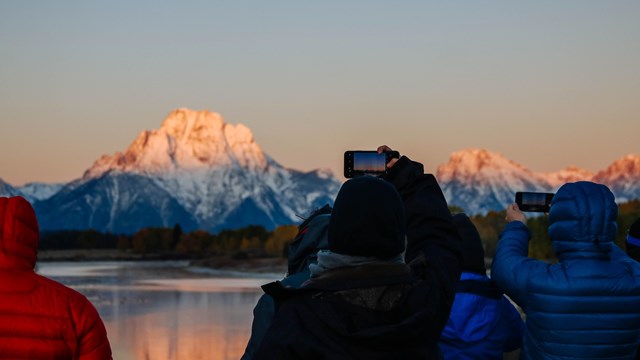
Plan Your Visit
Learn more about Grand Teton and plan your trip here. 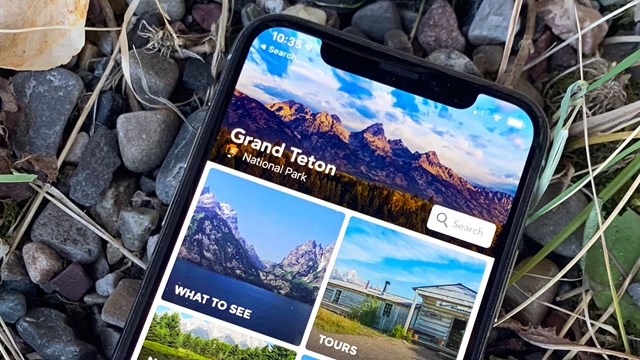
We have an app for that
Download our new app before you get here! Explore Grand Teton and discover places to visit, find a bite to eat, and a place to stay. |
Last updated: June 13, 2025
